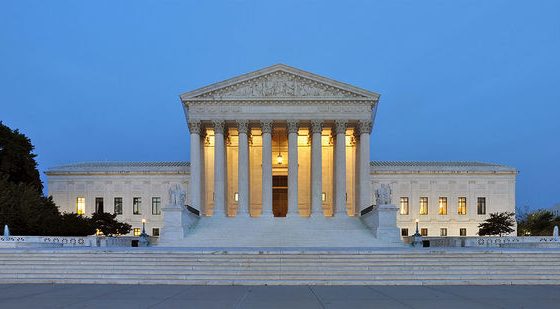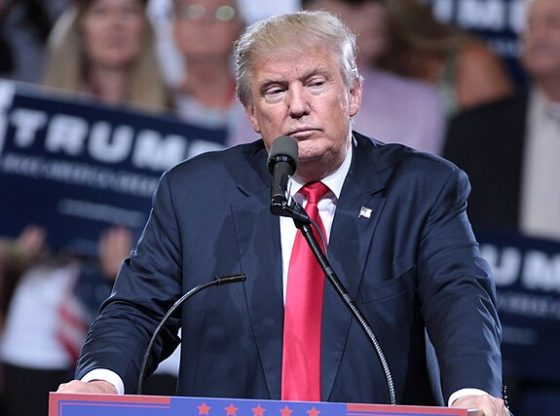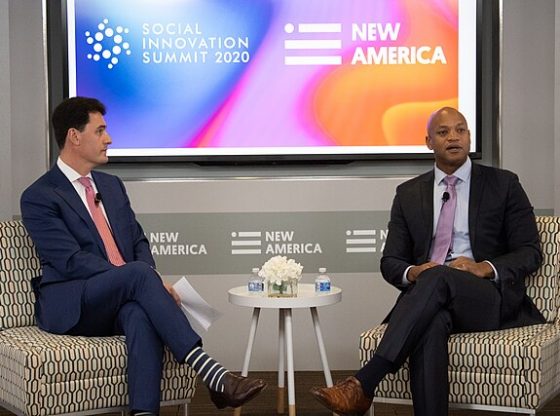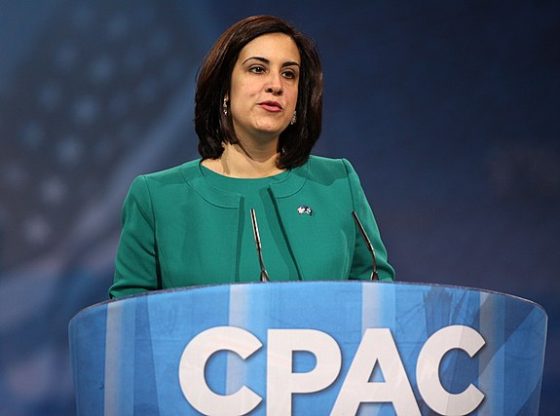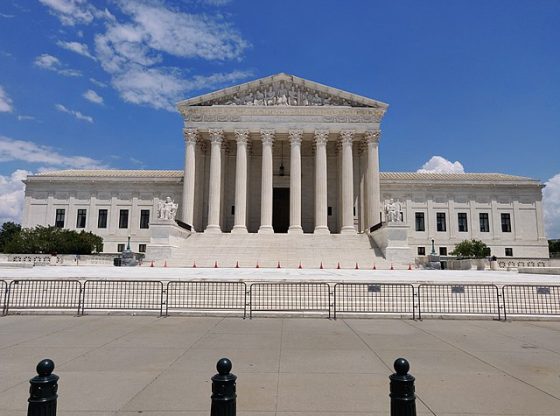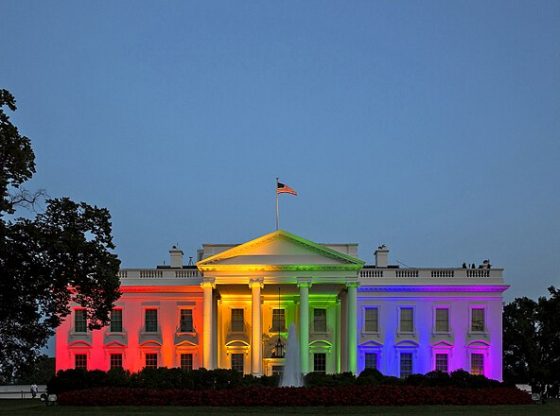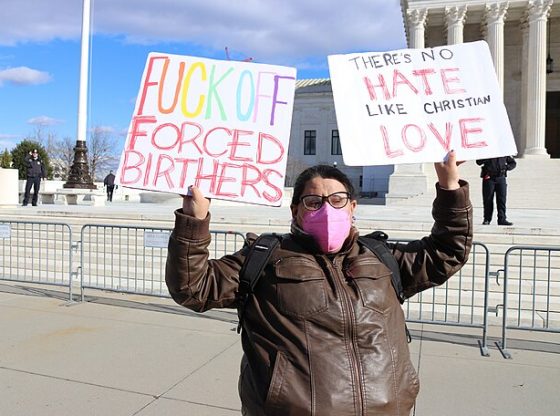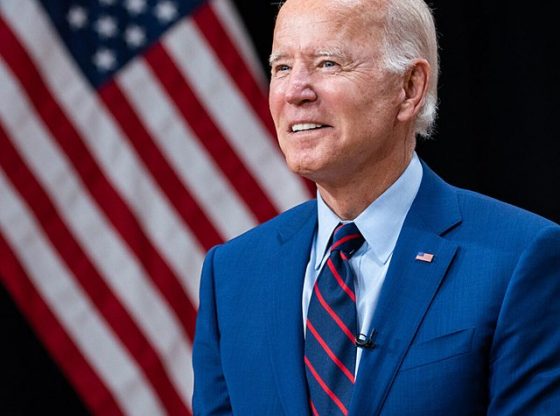Town Hall’s Guy Benson looked at the historical precedent, the Constitution, and the electoral outcomes, and all of them favor the Senate taking up a confirmation vote on Trump’s nominee for Supreme Court Justice.
Nothing in the constitution prevents justice from being confirmed in an election year.
Senate Majority Leader Mitch McConnell has already stated that he will push a nominee through.
"Twenty-nine times in American history there has been an open Supreme Court vacancy in a presidential election year, or in a lame-duck session before the next presidential inauguration…. The president made a nomination in all twenty-nine cases." https://t.co/MnnMhysfV2
— John McCormack (@McCormackJohn) September 19, 2020
“In the absence of divided government, election-year nominees get confirmed.” https://t.co/MnnMhysfV2
— John McCormack (@McCormackJohn) September 19, 2020
National Review discussed the history of the matter:
History supports Republicans filling the seat. Doing so would not be in any way inconsistent with Senate Republicans’ holding open the seat vacated by Justice Antonin Scalia in 2016. The reason is simple, and was explained by Mitch McConnell at the time. Historically, throughout American history, when their party controls the Senate, presidents get to fill Supreme Court vacancies at any time — even in a presidential election year, even in a lame-duck session after the election, even after defeat. Historically, when the opposite party controls the Senate, the Senate gets to block Supreme Court nominees sent up in a presidential election year, and hold the seat open for the winner. Both of those precedents are settled by experience as old as the republic. Republicans should not create a brand-new precedent to deviate from them.
In short: There have been ten vacancies resulting in a presidential election-year or post-election nomination when the president and Senate were from opposite parties…The norm in these cases strongly favored holding the seat open for the conflict between the two branches to be resolved by the presidential election. That is what Republicans did in 2016…what does history say about this situation, where a president is in his last year in office, his party controls the Senate, and the branches are not in conflict? Once again, historical practice and tradition provides a clear and definitive answer: In the absence of divided government, election-year nominees get confirmed.
According to Benson in Town Hall:
“When the same party controls the White House and the Senate (e.g., now), the [presidential election year] confirmation process proceeds as usual and the nominee is almost always confirmed,” according to conservative court-watchers. This has been the outcome in 17 out of 19 such cases, to be exact. But what about Senate Republicans’ aforementioned decision not to move on President Obama’s pick to replace Scalia, who died in early 2016 — much farther removed from that election? McConnell and company broadly argued that in a presidential election year, the people should be allowed to decide who would replace the conservative giant on the Court. Under that standard, there should be no Senate action on whomever Trump selects in this case, prior to the election. But the “McConnell Rule” was actually stated quite carefully by the Kentuckian. Very early in the process, he immediately, repeatedly, and cagily left himself wiggle room by drawing a distinction between a presidential election year SCOTUS vacancy that arises during divided government, versus the current scenario, under which the same party controls both the presidency and Senate. That distinction will be willfully ignored or lied about by some, who want to rap McConnell for rank hypocrisy, while others will dismiss it as hair-splitting. But his words and the facts matter. Indeed, under split partisan control, by far the likeliest historical outcome was the one that befell Merrick Garland in 2016.
Townhall's @guypbenson's analysis of the vacant Supreme Court seat is a must-watch. pic.twitter.com/e2QMA0Rzsx
— Townhall.com (@townhallcom) September 21, 2020
So, despite Republicans putting themselves in a bad position with previous statements the Democrats did the same, and the GOP controls the Senate and the White House and therefore a nominee will be voted on whether to be confirmed or not.
[READ NEXT: Ginsburg’s Words From 2016 Destroy the Democrat Narrative]

